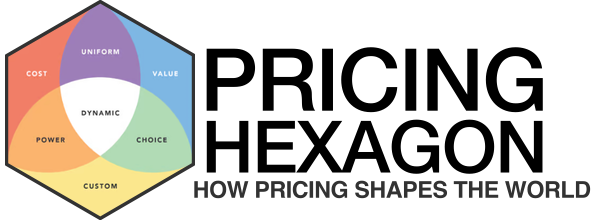The number of “things” interconnected online will outnumber the human population by a three-to-one margin by 2020, according to Gartner. From doll houses to washing machines to pills, robots, and cars, these things will upload and download rich streams of data whose value could one day reach hundreds of billions of dollars. As the Internet of Things (IoT) continues to evolve, businesses are increasingly adopting IoT pricing models to offer more dynamic and personalized pricing strategies.
Traditional product manufacturers face new and complex challenges in monetizing the services made possible by “smart” products. They will need to redefine who their customers are and how those customers value data-driven services. They will need to adopt pricing models unconventional in their industries—models that can accommodate various price levels and payment frequencies. And they will need to change from an approach based on discrete product life cycles to one based on a continual flow of data-driven service innovation.
To accomplish this, a company must answer four questions that have a familiar ring but require insights that are fundamentally different than those the company has relied on
- Who are our customers?
- How do they value our IoT services?
- How should we charge them?
- How much should we charge them?
How the Internet of Things Will Change the Pricing of Things

